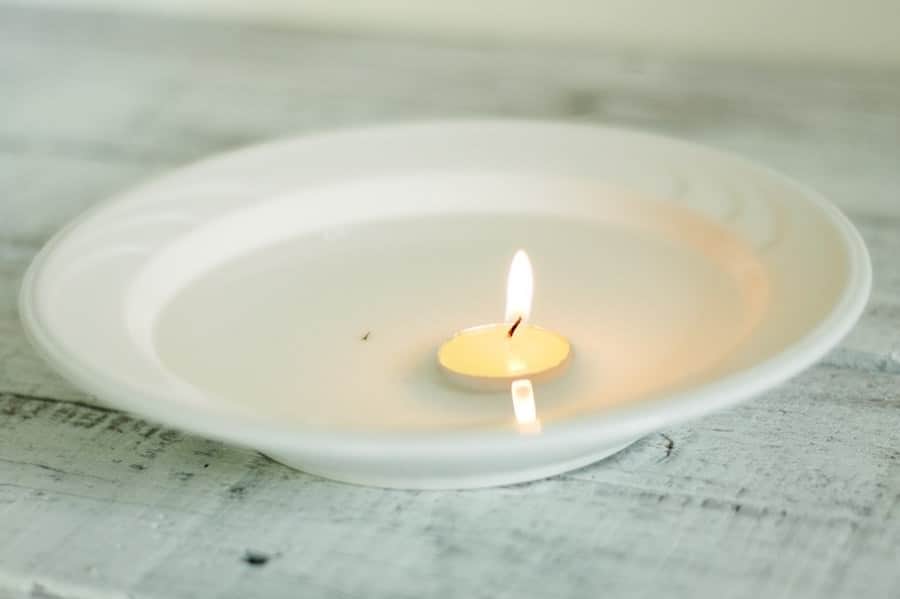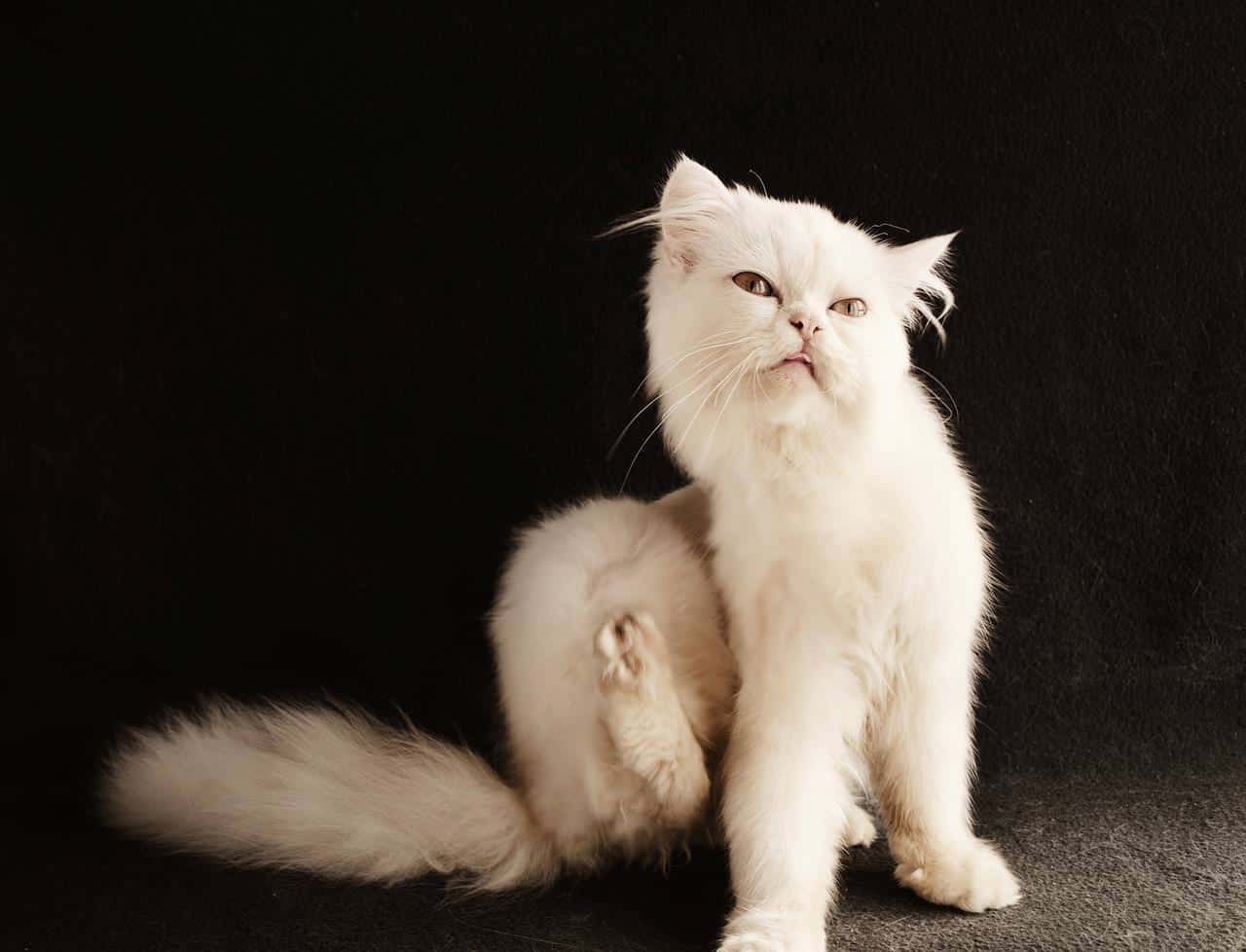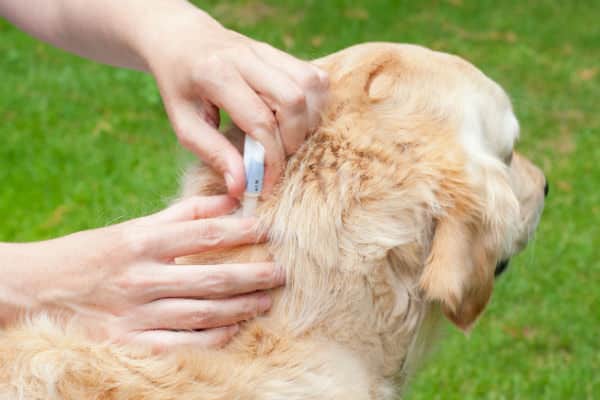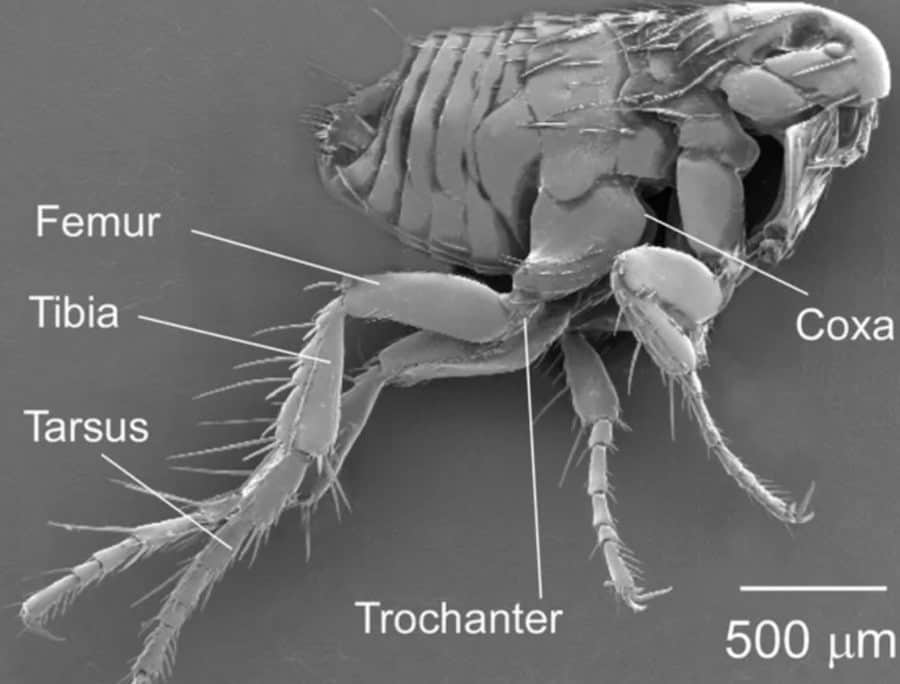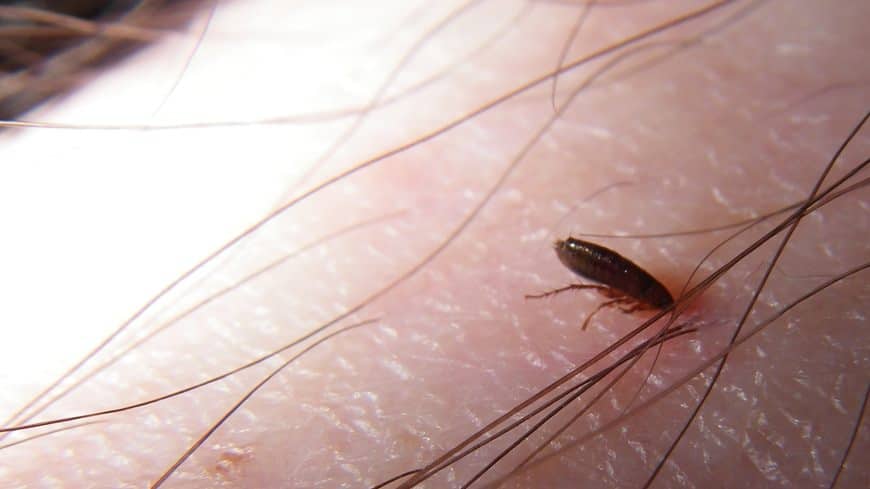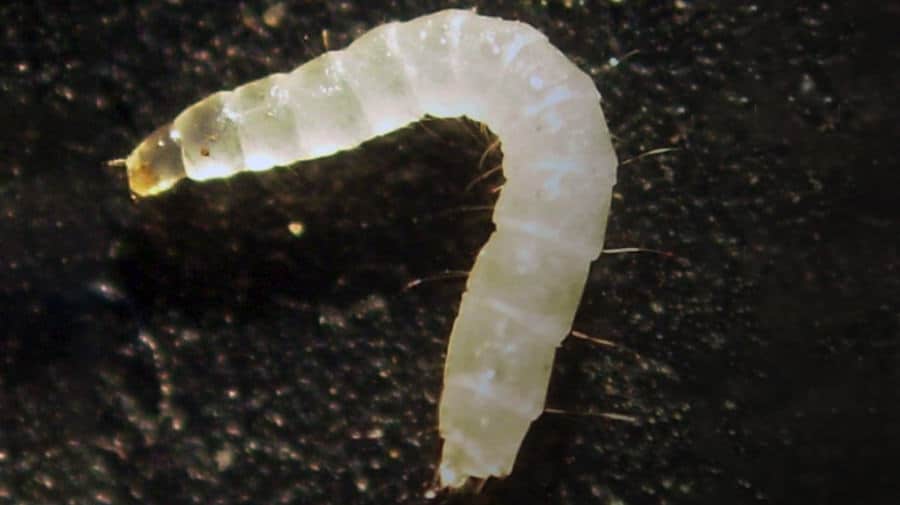Home Remedies For Fleas On Cats
Cats are a much-loved choice of pet. Although they are famously independent and capable creatures, cats are pretty powerless to defend themselves from fleas. When that dreaded time of year in which fleas flourish comes around, you will likely notice your poor feline friend scratching themselves silly as they suffer from the bites of these annoying pests.
Of course, there are many chemical treatments available to combat fleas, but understandably, not everyone is comfortable with using strong chemicals in their home or on their pet.
Luckily, there are many effective and natural alternatives that can be safely used to save your cat from fleas. In this article, we outline our favorite home remedies for fleas on cats.
Flea Combs
Flea combs are a type of grooming tool used to brush through your cat’s fur. The teeth of the comb are very close together, which works to trap and remove the fleas, their eggs and their dirt from the fur. Aside from removing fleas and their detritus, these combs are also useful for keeping your cat’s coat clean and getting rid of loose fur.
It is important you only use a flea comb on dry fur. You may find that it is harder to get the fine-tooth comb through very long or particularly thick cat fur. If this is the case, it is a good idea to use a wider toothbrush or comb first, to separate the hair and remove any knots.
Once you are ready to start removing fleas from your cat, mix some hot water and dish soap together in a bucket. You will use this to clean the fleas, eggs, and dirt from the comb so as not to keep distributing them through the fur.
The bucket will keep the fleas captive while you are working through the fur, so it is best if you can use quite a deep bucket and not fill the water too high. If you have an old towel or blanket, place this under your pet. This way, any eggs of fleas which fall off do not go into the carpet. If you have an outside space to comb your cat; it is an even better idea to do it there.
The optimal place to start combing is at your cat’s head – moving down over the neck and shoulders, to the back and tail. Use the comb slowly and be careful not to apply too much pressure. Gently comb the fur in the direction which it grows. Once you start to see an accumulation of dirt and fur in the comb, pinch the top of the comb teeth and pull the debris down off the comb. Put this into the water mixture and rinse the comb thoroughly.
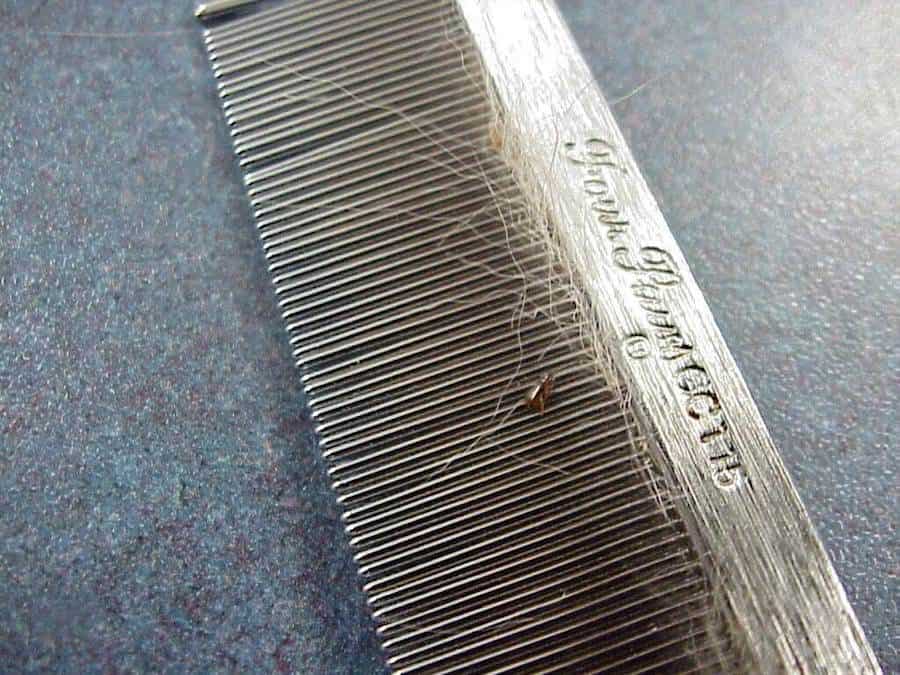
Once you have completed the top areas of your cat, move under the chin, chest, belly and sides. The last places you should treat are the legs, paws, and length of the tail. The best method is to complete this treatment again immediately after the first run. This is because fleas can quickly move around your cat and try to hide from the comb.
When you have finished two passes with the comb, leave the bucket of water to sit for about 20 minutes. By then the fleas will have drowned and will not leap away when you dispose of the waste. Make sure to wash any blankets or towels used, clean the comb and vacuum well if you combed your cat indoors.
Rosemary Flea Dip
Note: this has potential toxicity to some animals; please check with your vet before use
Rosemary is a popular, fragrant herb which is used in cooking and herbal medicine. Few people know that rosemary has antiseptic qualities, which makes it a useful choice of flea repellent for ridding your cat of fleas at home. The best way to use it is by steeping it in hot water to make a tea which can be applied to your cat’s fur.
The first step is to attempt to remove as many fleas, eggs, and dirt from your cat as possible. You should use a comb, bathe your cat and wash any bedding on a very hot cycle.
How To Make A Rosemary Flea Dip
- To begin making your rosemary dip, bring two pints of water to the boil.
- Add 2 cups of fresh rosemary leaves and boil the mixture for 30 minutes.
- Remove from the heat and let the water cool down. Use a sieve to strain the rosemary leaves out and discard them.
- Pour the rosemary water into a jar with a secure lid. You must not use the mixture until it is cold. You can keep it in the fridge.
How To Use A Rosemary Dip
Using your rosemary dip is very simple, as long as your cat is the placid type!
The first thing to do is to give your cat a bath and use whichever pet shampoo you prefer. After you have rinsed the fur thoroughly, pour the cooled solution over the fur. It is important that you focus upon the areas in which fleas love to hide, such as the nape of the neck, belly and base of the tail.
After you have finished, allow the fur to dry naturally, do not rinse.
Nematodes
Nematodes are natural parasites of fleas. They are very efficient at killing both adult fleas and their larvae and pupa. If you have a big yard, you can spray the entire area with a nematode solution to defend your beloved cat from fleas when the season arrives.
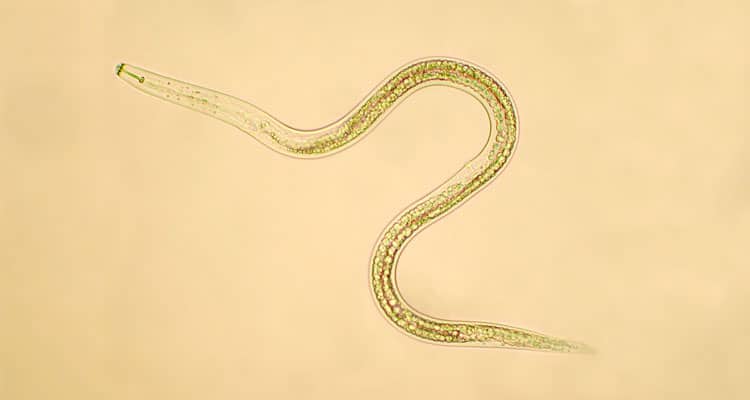
The use of nematodes is a safe, non-toxic and yard friendly way to battle fleas. They do not cause any damage to your plants and have been shown to eliminate over 90% of flea larvae 24 hours after being applied.
Nematodes are microscopic roundworms that eat dead and decaying organic matter such as decomposing plants and animals, but they will also feed upon living insects and fleas. They prefer to live in moist and warm earth, entering their unlucky host by burrowing into its skin. Once they have gained entry to their host, they unleash bacteria which starts to break down and digest the inside of the host to make it suitable for the nematode to consume. This process will generally kill the host within 48 hours.
Once the nematode has finished feeding, they will come out of the deceased host and start looking for a new one. A great benefit of nematodes is that they do not target humans, pets or plants.
Nematodes are most often used outdoors and certainly are more suited to this environment. However, it is possible to use them indoors on carpets and rugs. If you decide to use them indoors like this, you must vacuum well after a day or two.
Recommended method of nematode use:
- Spray all the places your cat likes to sleep and hang out with nematode solution.
- Mow all lawns closely, trim back bushes and remove weeds to limit places fleas can hide.
Apple Cider Vinegar
Apple cider vinegar doesn’t work by killing fleas on your cat. Instead, it makes an undesirable environment which fleas hate – causing them to pack their little bags and move.
Simply pouring a bottle of apple cider vinegar over the fur of your cat is not the right way to make the fleas completely disappear. Your cat is unlikely to appreciate that either, so please don’t do it. Instead, you can use apple cider vinegar as an addition to drinking water, a spray or a diluted bath treatment.
Apple Cider Vinegar Bath
Follow these steps when giving your cat an apple cider vinegar bath:
- Mix together warm water and apple cider vinegar in a 1:1 ratio. For example, if you use one cup of water, use one cup of apple cider vinegar. It is important you adhere to this ratio – if the solution is too strong it could irritate your cat.
- Place your cat in the bath and gently pour the solution over the body, starting at the head and neck. Be careful not to get it into your cat’s face – nobody likes that! Continue along the length of the body, paying special attention to the base of the tail.
- Once you have finished, towel dry without rinsing.
Apple Cider Vinegar Spray
If your cat will not tolerate a bath, you can make an apple cider vinegar spray as an easier alternative.
- Mix equal amounts of apple cider vinegar and water in a spray bottle.
- Brush through the fur, spraying the mixture onto your cat as you go. Make sure to pay special attention to the area at the nape of the neck and base of the tail. Be careful not to spray the mixture into your cat’s face, ears or genitals.
- You may spray your cat before they head outside, to discourage fleas leaping onto your pet, as well as any time that you notice fleas.
- As an additional preventative measure, you can spray the mixture onto carpets and bedding. It’s a good idea to test a patch first to make sure it doesn’t react with the material.
- Keep an eye on your cat to see how they are behaving after use. If they seem distressed, scratching or sneezing, rinse them and use another method. Some cats will be more sensitive than others.
Drinking-Water Method
Our last apple cider vinegar method involves adding a teaspoon of apple cider vinegar for every quart of water in your cat’s bowl. This is probably the least effective method, as cats tend to be very particular about what they eat and drink.
If you really want to try this, a good tip is to add gradually over a few days. Be aware of your cat’s bathroom habits if you can, to ensure they are not being irritated by their consumption of the vinegar.
Lemon Juice
Lemon juice contains citric acid, which is another natural flea repellent. You can use lemon juice as a treatment for both your cat and your home.
Lemon Juice Anti-Flea Spray
This spray is an easy way to deter fleas from taking up residence on your cat or in your carpets.
- Mix water and lemon juice together in a 1:1 solution.
- Pour the mixture into a spray bottle.
- Brush your cat’s fur and spray the mixture in areas where fleas like to hide. The back of the neck, base of the tail, and belly are flea favorites. Avoid your cat’s face.
- After you have treated your cat, you can start to spray the carpets and furniture around your home. Check a small patch of fabric first to ensure you will not ruin your upholstery or furnishings with the solution.
Lemon Juice Laundry Treatment
This is a great, natural way to keep fleas away from bedding, fabric, and toys:
- Gather all the items which your cat likes to lie on or play with and which can be laundered. Cat bed covers, plush toys, your own bedding, blankets and cushion covers are a good place to start.
- Place these in the washing machine.
- Set the wash temperature to as high as you can – high heat kills fleas.
- Add a cup full of lemon juice into the wash.
- Keep repeating this treatment until you do not see any fleas.
As before, check for any reaction between lemon juice and the fabrics to be washed before proceeding with this method.
Salt
Common household salt is a surprising way to combat fleas on your cat. It acts as a dehydration agent, drying out the bodies of fleas and resulting in their deaths. The best salt to use is either refined household salt, or sea salt. It must be very finely ground, so it looks almost like a powder. Salt may not be the best choice if you live in a humid state, as it needs to be dry to work effectively.
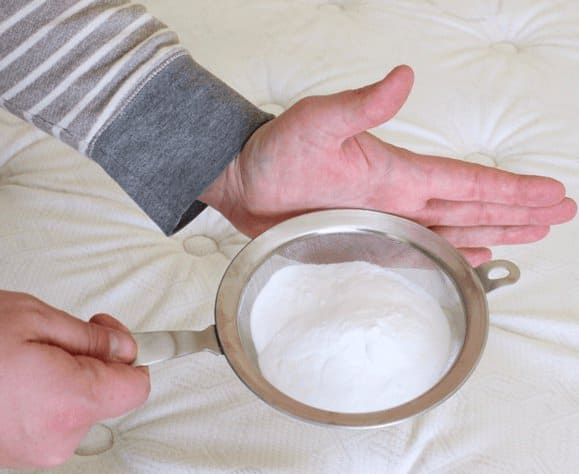
There are multiple ways to use salt in the fight against fleas; we have broken down the main methods below.
Salt Treatment For Carpets
Carpets are a favorite hiding place for fleas and their eggs. If you have any trouble with fleas, treating the carpet is the number one consideration.
- Sprinkle the finely ground salt all over your carpets.
- Use a stiff hand brush or a broom to thoroughly work the salt into the fibers of the carpet.
- Leave the salt in the carpets for up to 48 hours.
- Vacuum the carpet scrupulously, going over the area multiple times.
If you have a particularly serious flea infestation, you may mix the salt with boric acid. Boric acid is a chemical found in many commercial products. It is recommended to check with the manufacturer of your carpet first, as it may be damaged by boric acid. Although boric acid is generally not toxic, it is not recommended for long-term use. Over time, boric acid can cause health problems in both humans and pets – so it shouldn’t be used frequently.
Salt Treatment For Furniture
Carpets are not the only place where fleas like to hide. The furniture in your home will likely need treatment as well.
- Fill a salt sprinkler with the finely ground salt.
- Shake this out all over the places where fleas like to hide. Cracks along the edge of walls, under the bed and sofa, down into any cracks in flooring, etc.
- Remove bedding and shake the salt into the mattress and along the frames of the bed.
- Leave the salt in-situ for at least 8 hours. It will not harm your furniture so long as it does not become wet.
Salt Treatments For Your Cat
To kill fleas on your cat you can give your cat a salt bath.
- Mix a solution which comprises of one part salt to 10 parts water. Place your cat in a bath or tub and pour the solution over your cat, but do not get it into their eyes or ears.
- Rinse the solution off with warm water, followed by cool water.
If you are really struggling with fleas, you can gently rub salt into your cat’s fur and leave it there for two hours. Brush the fur thoroughly to remove the salt and then give your cat a good rinse with warm water. You can do this again in 10 days if you still see fleas. You must vacuum well after this to pick up any fleas or eggs which have dropped off your cat during the salt treatment.
Diatomaceous Earth
Diatomaceous earth consists of the microskeletons of dead “diatoms” which are a kind of algae. It looks like a form of fine sand which might be found on a tropical beach. Diatomaceous earth works by destroying the protective waxy layer on the outside of fleas. This means that the flea loses moisture from within and eventually dies. Also, diatomaceous earth can block the breathing holes of a flea, causing them to suffocate.
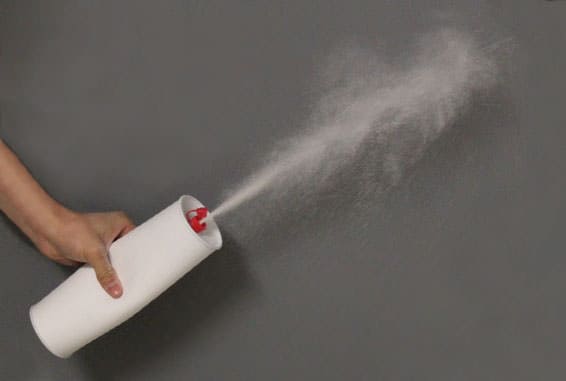
It is important that you choose the right type of diatomaceous earth for flea treatments. There is a type which is used for the care of pools, but this kind is chemically treated and not suitable. DO NOT USE THIS. Instead, locate the natural, food grade form of diatomaceous earth which can be purchased from health food stores.
How to use diatomaceous earth.
- Sprinkle the diatomaceous earth all over your carpets, bedding and furniture. Don’t forget the corners of your rooms, under the sofa and under the bed.
- Work the earth into the fabric as best as you can.
- Leave it there for about 4-5 days.
- Vacuum your home thoroughly to remove all the dead fleas.
- Repeat this treatment as necessary.
Diatomaceous earth can also be used as an outdoor treatment in your yard, but it works best in dry places. You can sprinkle it across gravel, concrete and paved areas of your yard, as well as any wooden structures, to protect your home.
Summary
Using natural flea remedies can be a wonderful, chemical-free way to rid your cat and your home from the pesky insects. These remedies are generally very convenient and cheap, as well as providing a gentle and effective alternative to harsher products, such as flea collars. Therefore, our home remedies will give you peace of mind that your furry friend will be safe, healthy and flea-free in no time.

